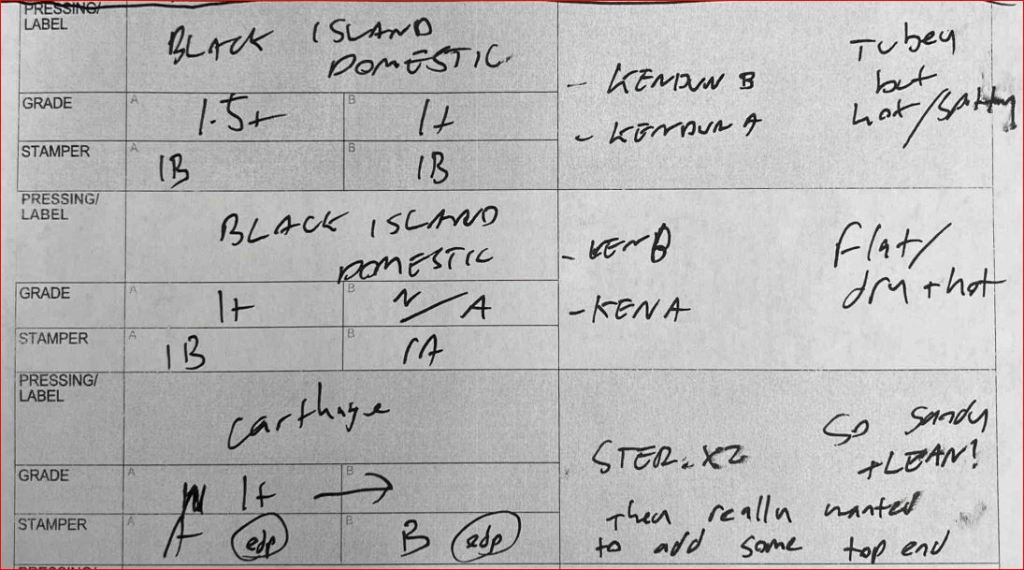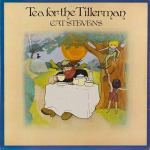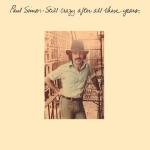More of the Music of Cat Stevens
Reviews and Commentaries for Pink Label Island Pressings
This commentary was written many years ago, circa 2005 I would guess. In 2005, doing Hot Stamper shootouts was much more difficult than it is now.
Is the Pink Label Island original pressing THE way to go? That’s what Harry Pearson — not to mention most audiophile record dealers — would have you believe.
But it’s just not true. And that’s good news for you, Dear (Record Loving Audiophile) Reader.
Hot Stamper Commentary for John Barleycorn
Since that’s a Lee Hulko cutting just like Tea here, the same insights, if you can call them that, apply.
Here’s what we wrote:
Lee Hulko, who cut all the Sterling originals, of which this is one, cut this record many times and most of them are wrong in some way. A very similar situation occurred with the early Cat Stevens stuff that he cut, like Tea & Teaser, where most copies don’t sound right but every once in a while you get a magical one.
Lee Hulko cut all the original versions of this album, on the same cutter, from the same tape, at the same time.
Some of them went to England to be pressed and given pink labels, some of them stayed right here in America to be pressed and were given orange and black labels. People that collect records based on their labels are not paying attention to information that differentiates individual pressings, which of course involves stamper numbers and pressing plants.
The famous Pink Label Island Tea For The Tillerman is a case in point. As good as that record is, I have a Brown Label A&M that is noticeably better. Why shouldn’t it be? Like John Barleycorn, it’s cut by the same guy, from the same tape, around the same time. Is there some reason LH can’t cut a good record for A&M? Of course not!
Hot Stamper Commentary for Tea for the Tillerman
Brown Label versus Pink Label
This is a superb sounding original Brown Label A&M pressing. If you didn’t know better you might think you were listening to a Pink Label copy: it’s that good! In fact, having just played a Pink label Island 3U/3U original, I’m going to say that this pressing actually sounds better on side one than that famous import. This will no doubt shock many of you. But I have known of a better sounding brown label domestic pressing for close to 10 years. I even played it for Steve Hoffman once, who remarked that it clearly had less harmonic distortion than the Pink label copy we were doing the shootout with.
But what surprised me in this case was that these particular stampers are different from the domestic original that I discovered all those years ago. This is an entirely new finding. Dropping the needle on side one of this record and hearing the delicate strumming of the guitar and the smoothness and sweetness of the vocals, I knew immediately that I was hearing a Hot Stamper. A VERY Hot Stamper. Listening to it all the way through a few times and playing some other copies convinced me that indeed it was As Good As It Gets. On side one anyway.
Side two is excellent, but the bass is not quite as well defined and there is a slight loss of transparency in comparison to the best copies I have heard. The song Father and Son can be a bit sibilant. On the ultimate copies the sibilance is under control. This one has a little more of that sibilance than the best stampers I have heard. It’s not bad, but it’s not the equal of the best pressings.
Another track I like to play on side two is Into White. With this song, you hear into the music on the best copies as if you were seeing the live musicians before you. The violinist is also a key element. He’s very far back in the studio. When he’s back where he should be, but the sound of the wood of his violin and the rosin on the strings is still clearly audible, without any brightness or edginess to artificially create those details, you know you are hearing the real thing.
 Stop the Presses!
Stop the Presses!
Brown Label versus Pink Label, Part 2
I have to admit that I was dead wrong when I said that the best copies of this album were the Brown Label A&M pressings. I see now how I made this error. We played four pink label copies and our best A&M LP is better than three of them.
But it sure isn’t better than this one! I’ve heard a good dozen or so Pink Labels and this is the first one that ever blew my mind. I thought I knew this record, but this copy changes everything.
Including our previous pricing structure. No non-audiophile record on our site has ever been priced above $500. When we put the $500 price on Teaser and the Firecat a while back, we ended up selling five of them — because we could FIND five copies that sounded like $500 records.
(more…)











